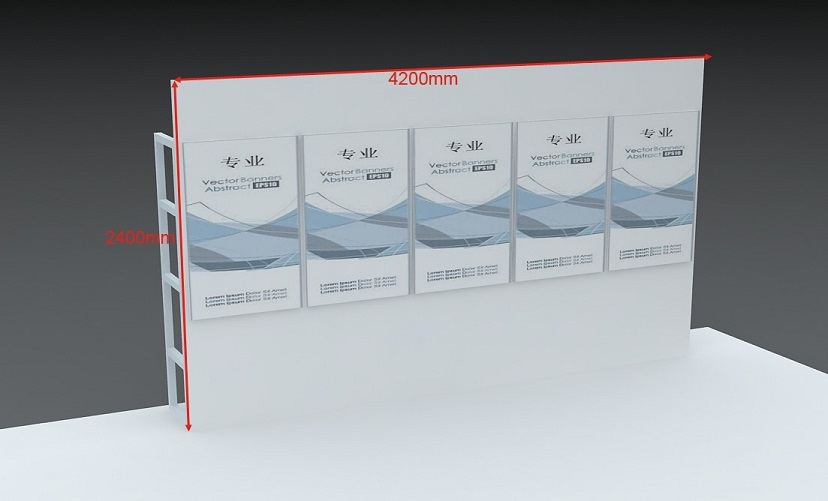Poster Guidelines

Poster Presentation Rules and Guidelines
- All posters must be portrait orientation.
- The recommended poster size is A1 (594 mm width x 841mm height) however if you choose to use a custom size the measurements must not exceed 800 mm (width) by 1200 mm (height).
- All posters should be brought to Fengda International Hall B and mounted on the presentation boards on Friday July 21 between 9:00 and 14:00.
- The posters should remain on the boards during all three days of the conference.
- All poster boards will be pre-numbered. Please make sure that you mount your poster on the correct board and position. Your number will be assigned to you and you will be notified of your number and the acceptance of your poster in a separate email.
- All posters should be taken down on Sunday July 23 at Noon unless arrangements have been previously approved in writing by the Society for Cryobiology.
- Any posters left on the boards will be removed and discarded.
- Do not leave personal materials or property under the poster boards or in International Hall B as the Society is not responsible for it.
- The two special meeting poster sessions are scheduled for Friday, July 21st between 7:00 and 10:00 PM and Saturday July 22nd between 6:00 and 8:00 PM. During those particular times you should make yourself available to answer questions and meet your colleagues.
- The judging for the Student Best Poster Award is also scheduled during those times on Friday and Saturday. The Student Awards Committee has decided to judge the student posters on two separate days. All students entered into the Best Student Poster Award competition who were assigned an odd (x1,x3,x5…) poster number MUST BE PRESENT to answer judges’ questions on Friday, July 21st between 7:00 and 10:00 PM. All students entered into the Best Student Poster Award competition who were assigned an even (x2,x4,x6…) poster number MUST BE PRESENT to answer judges’ questions on Saturday July 22nd between 6:00 and 8:00 PM.
Poster Design Suggestions
Effectively designing your poster for maximum visual impact while clearly and concisely conveying your message requires careful thought and advanced preparation. Here are some suggestions for designing and preparing an effective poster.
- Identify 2-3 principal messages you want to convey and choose a title that captures your main point.
- Prepare a heading at the top of your poster indicating the abstract title, authors, and affiliations.
- If you do not want your poster to be photographed, be sure to include a “no photography” image at the top right corner of your poster, at a size of 3” x 3” or larger.
- Lettering, symbols, and numbers should use a large font size and you should bullet your main points. Text should be printed in fonts of about 3/8" to 1” height (font size no less than 28).
- Summarize current research in graphic form whenever possible. Use charts, tables, graphs, pictures, etc. and minimize the amount of text. Most posters contain too much text.
- Attractive charts, tables, and graphics greatly increase the effectiveness of any poster. Illustrations and tables should be kept relatively simple to maximize legibility. Avoid "artsy" style and keep captions brief.
- Arrange materials in columns and use “white space” to help direct readers logically through your poster. It is easier to read information in vertical columns than in horizontal strips.
- Lines in graphs should be heavy. You should choose colors that are easily distinguishable from one another.
- Posters should be self-explanatory, but not comprehensive. They are posters and not papers. You should be prepared to supplement and elaborate during your conversations with others.
- Your poster presentation must be readable from distances of at least 3' (90 cm). Keep it simple and clear.
- Prepare your poster on laminated poster paper, fabric, or cardboard, allowing for space to mount it on the poster board.
- In case your poster does not arrive, we suggest you bring a smaller version of your poster on normal size paper as well as a copy of the poster on a USB thumb drive so that it can be printed on site. Many airlines now require that poster tubes be checked rather than brought as carry-on luggage. Please check with your airline prior to traveling.
Poster Design Tips
Here are links to several academic and scientific websites that offer great suggestions and tips on how to prepare your scientific poster:
http://guides.nyu.edu/posters
https://ugs.utexas.edu/our/poster
http://hsp.berkeley.edu/sites/default/files/ScientificPosters.pdf
http://www.ncsu.edu/project/posters/index.html
http://www.tc.umn.edu/~schne006/tutorials/poster_design/
You are now ready to prepare a great poster, so relax and have fun!
|